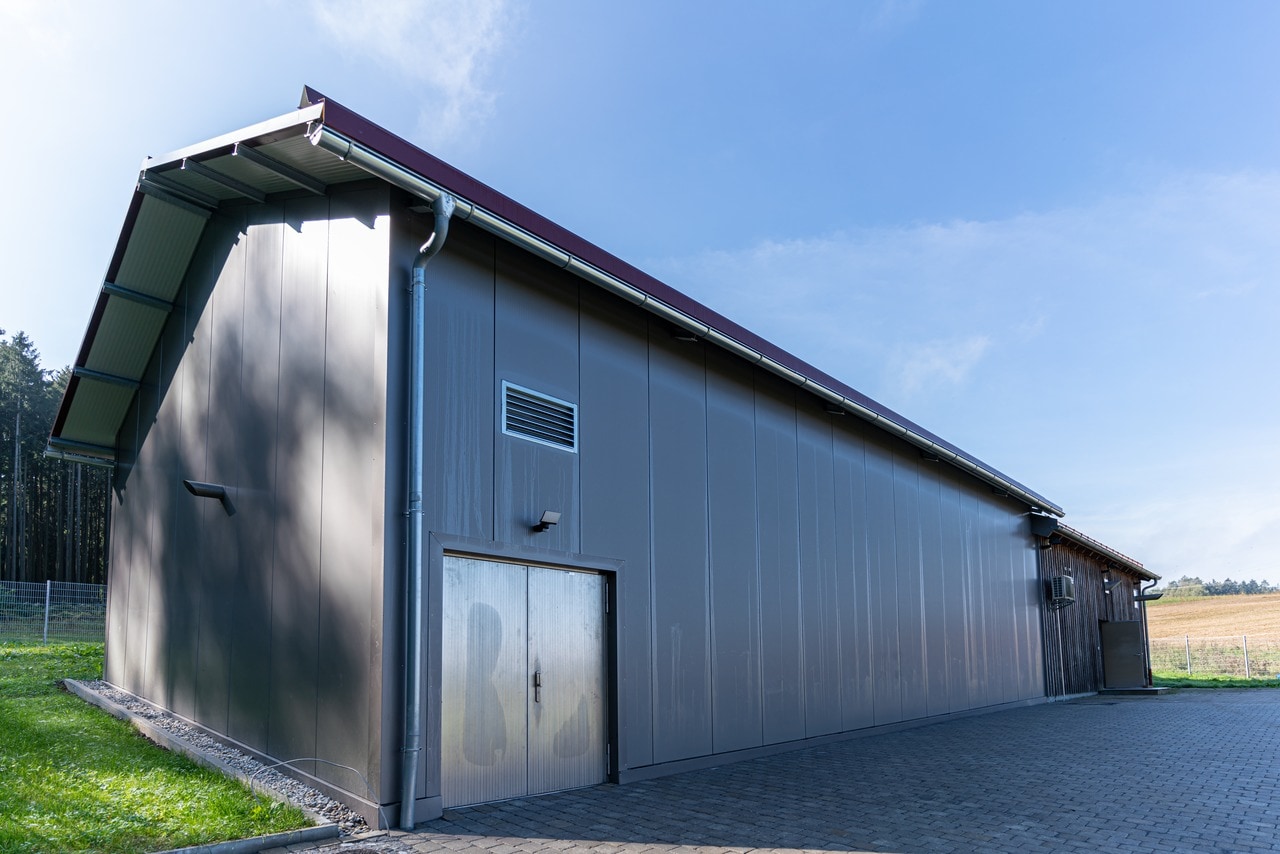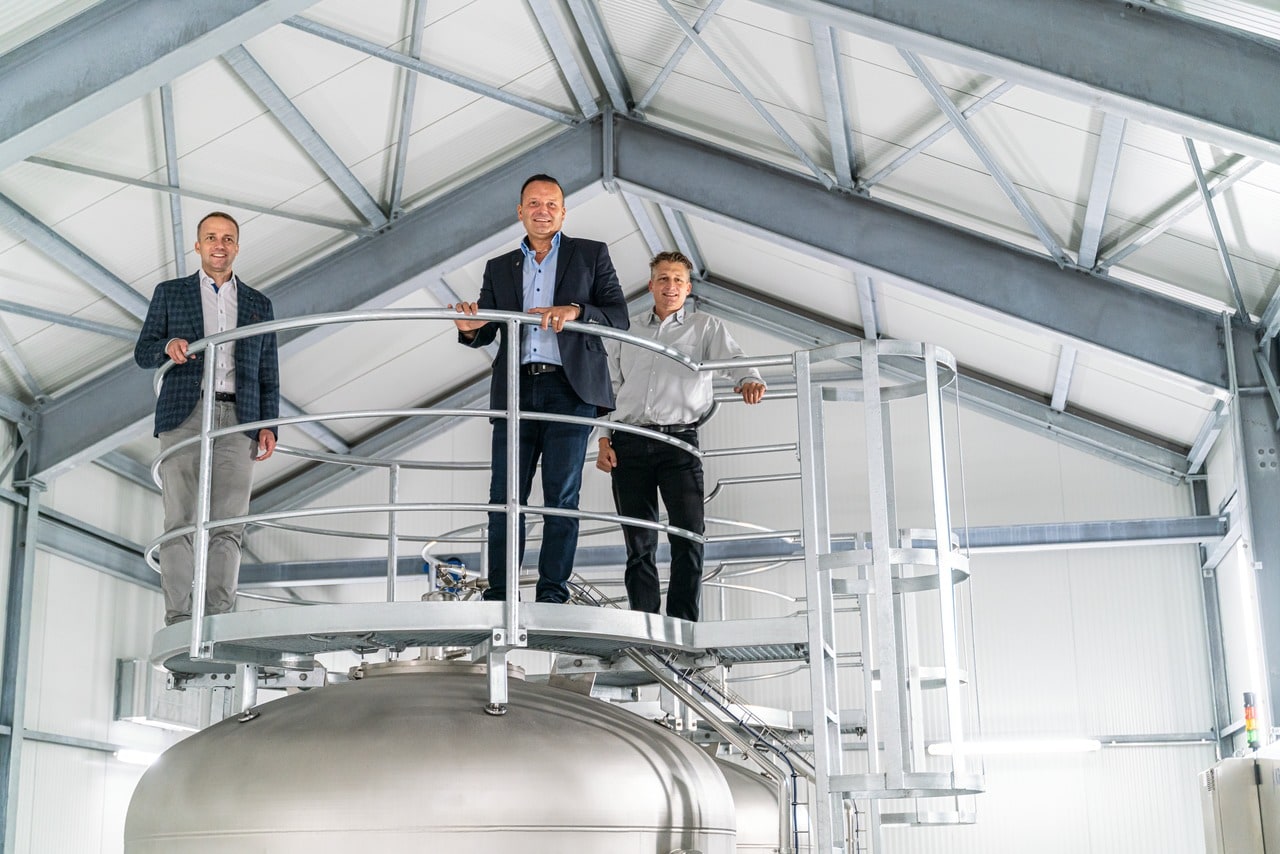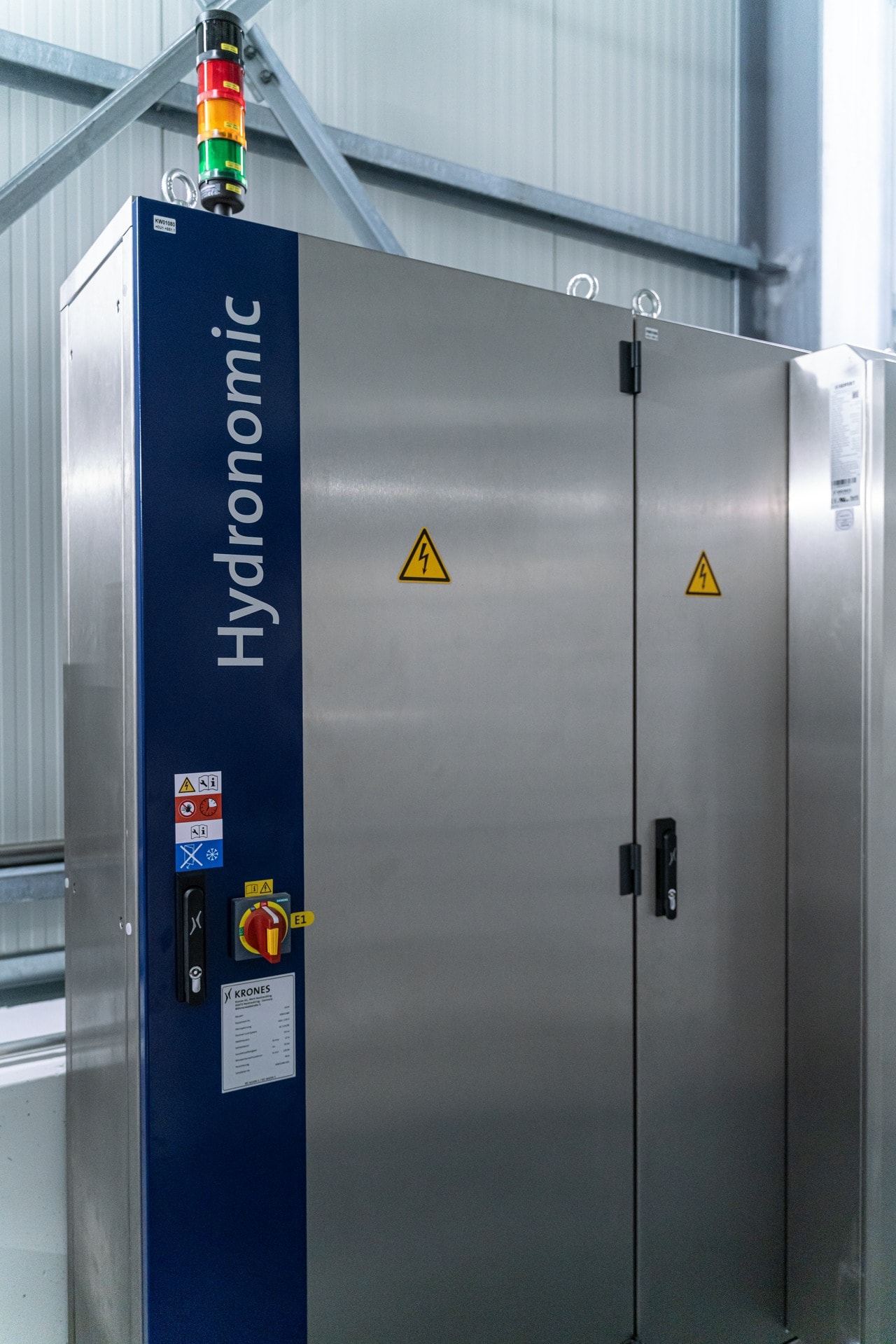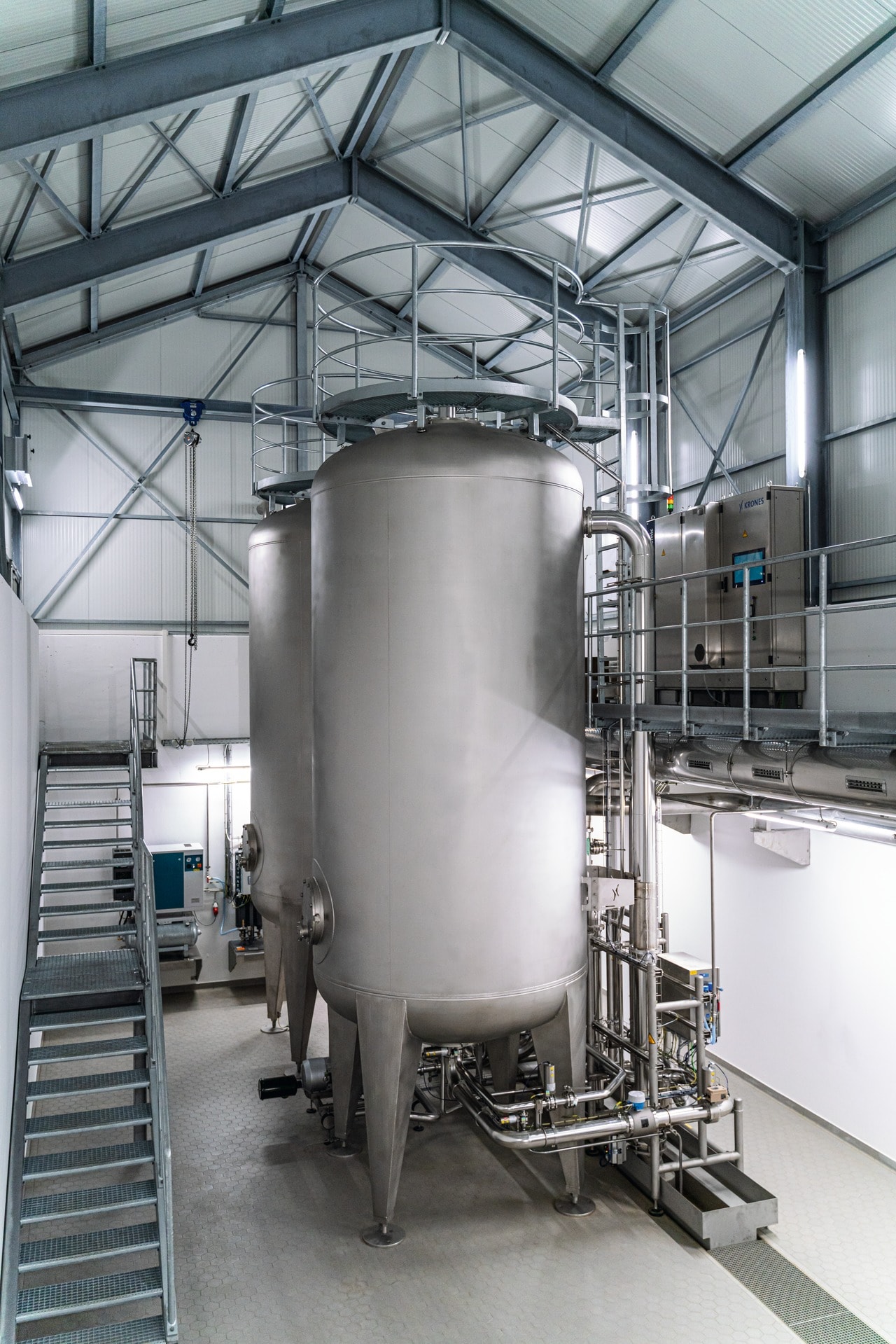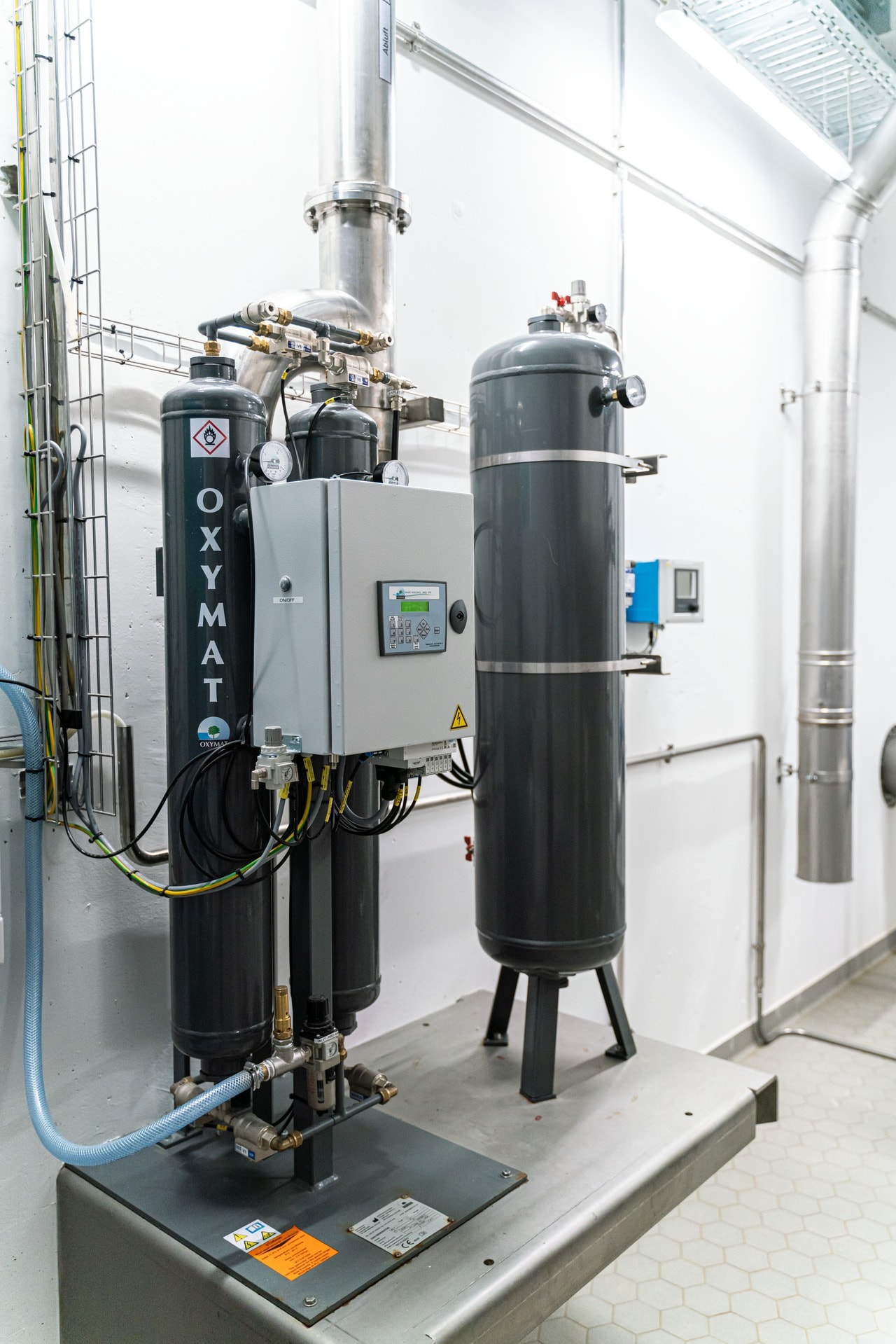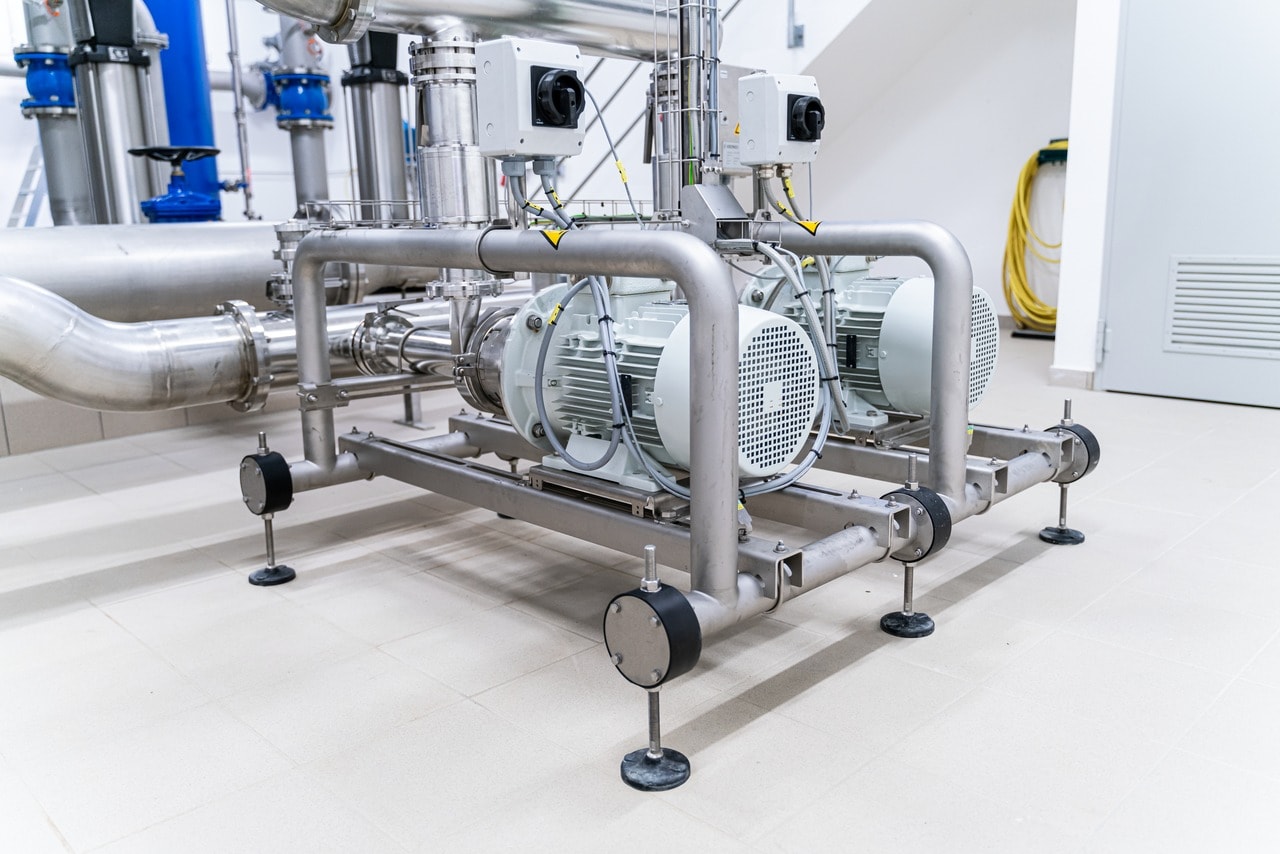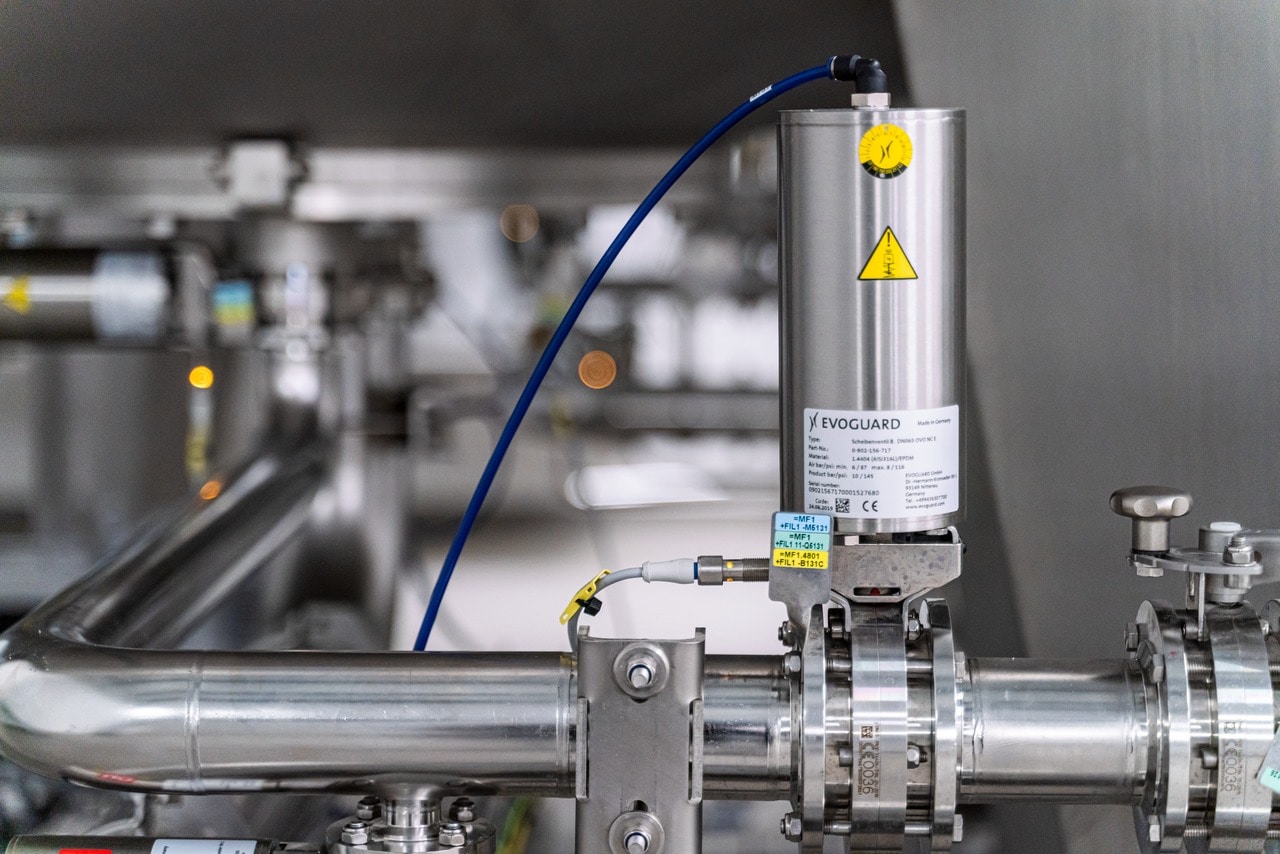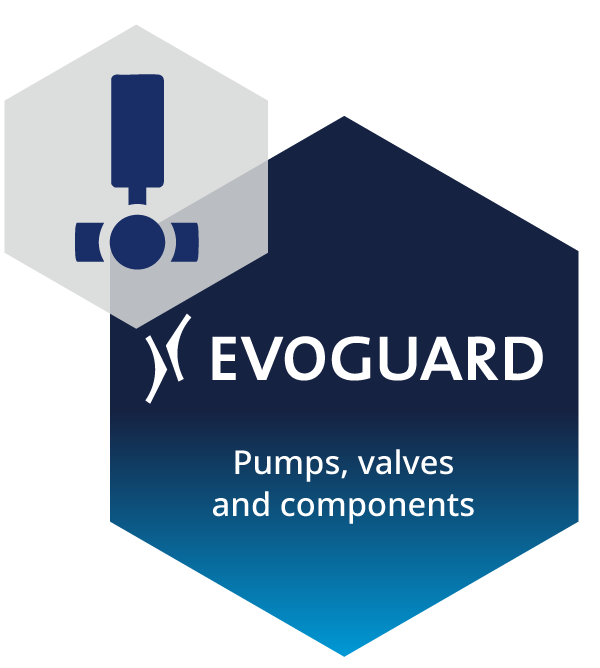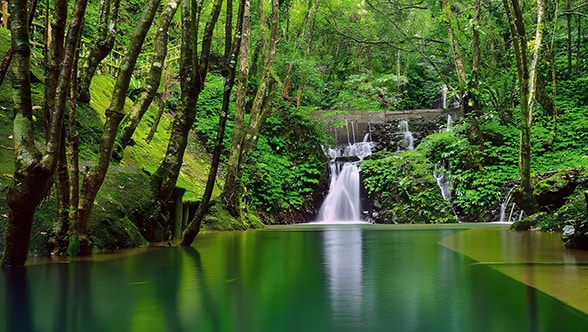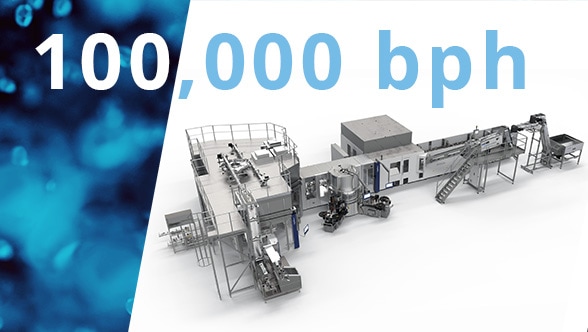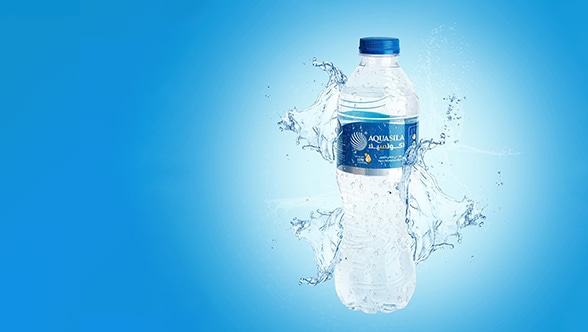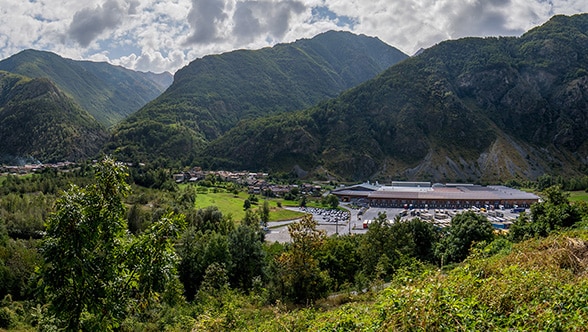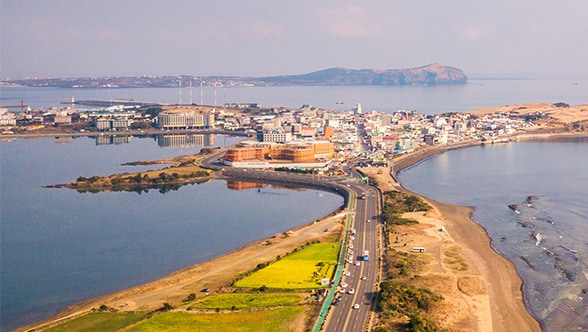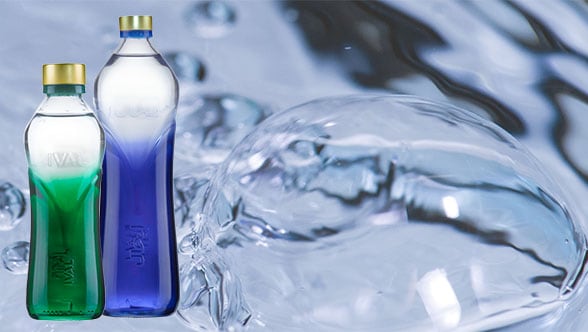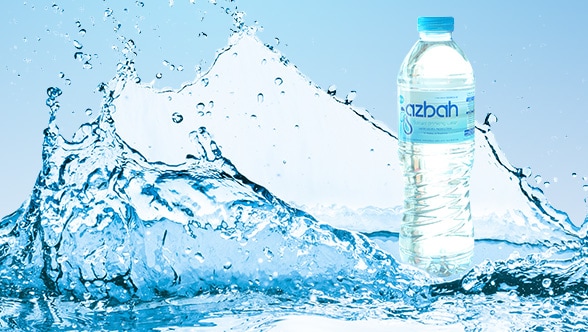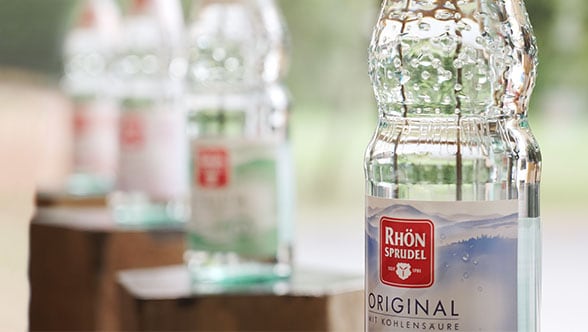More hygienic, long-lived, and expandable
The plant’s yield – that is, the actual amount of usable water produced – is around 99.5 percent. Since the temperature of the raw water is around 8 to 14 degrees Celsius and therefore not at risk for microbial growth, additional hot-water sterilization, which is customary throughout the beverage industry, is not necessary here.
The system’s energy consumption is also low. “We are certified under DIN ISO 50001 – Energy management systems. A high level of energy efficiency was a key objective. And the Hydronomic met it since only the backwashing pump uses an appreciable amount of additional energy,” stresses plant manager Markus Schmitz. “The use of a Venturi nozzle to inject the oxygen even eliminates the need for the otherwise customary aeration tank, which in turn means no pressure loss. As a result, a much smaller compressor is needed than on conventional aeration-based iron removal systems. I think that Krones was already geared toward minimizing energy consumption through its work with the beverage industry,” he says.
The ability of the Hydronomic to accommodate expansion was another important criterion for winning the contract. In general, the system’s modular design makes it easy to add capacity simply by connecting an additional media filter tank. The system in Daibersdorf is also prepared for the installation of a Hydronomic GAC active carbon filter, “in case we need it later to ensure the necessary water quality,” says Schmitz. “As you know, drinking water is the most highly monitored foodstuff,” he says, not without pride.
“We want to ensure the best possible supply of water at the highest level of quality and safety for our residents for the long term. We have to be able to meet the exacting hygiene standards of hospitals and schools, after all. The system’s longevity – a lifespan of 40 to 50 years – was also a key factor. Krones was able to offer us this expanded standard of hygiene, which is already established in the beverage industry, as well as a highly dependable supply,” explains a satisfied Armin Grassinger. And Gottfrieding’s mayor Gerald Rost can reassure his fellow citizens with a clear conscience: “We have laid the groundwork to provide well for this basic need. And now, there are no more detectable iron and manganese deposits in our communities’ pipes.”
I think that Krones was already geared toward minimizing energy consumption through its work with the beverage industry.
 Markus SchmitzPlant manager
Markus SchmitzPlant manager

